Meera Senthilingam
This week, the compound behind the drug leading the fight against malaria, which stemmed from an infamous fight in Vietnam. Reminiscing back to that time, it's Simon Cotton.
Simon Cotton
They say that if you remember the 1960s, you weren't there. Well, I was there and I do remember them; for most of the time I was a student in London. It was a good place to be. Most students were fairly apolitical, but we had our radicals who staged their demonstrations against the Vietnam war. One of their favourite chants was "Ho Ho Ho Chi Minh", after the North Vietnamese statesman who led the movement, first for independence from France and then against the United States' support for South Vietnam. In the end, Saigon fell in 1975, and Vietnam became one nation.
But if it hadn't been for Ho Chi Minh, we might not have the newest antimalarial drug.
The North Vietnamese army was much bigger than their better-armed opponents, but they had malaria to contend with, which is endemic in South-East Asia. Just as it had caused hundreds of thousands of casualties among soldiers during World War II, so the North Vietnamese troops suffered badly. Ho Chi Minh got in touch with Zhou Enlai, the Premier of the Chinese Republic, seeking China's help. Zhou Enlai knew all about malaria; he'd had it himself 40 years earlier.
It wasn't the most propitious time to look for a new medication. Chairman Mao had just unleashed the Cultural Revolution, as a way of recapturing his prestige following the failure of the Great Leap Forward. Universities closed. Many scientists and intellectuals were banished to the countryside, to 'learn' from the peasants.
But the Chinese leadership acted decisively and set up a secret military project. A meeting held on May 23rd 1967 launched a programme involving around 600 Chinese scientists, to develop better therapies 'to keep our allies' troops combat-ready', as the meeting put it. The project was called project 523 from the date on which the programme was launched, the 23rd day of the fifth month.
As a short term palliative, tablets based on synthetic antimalarial drugs were given to the troops. But the main thrust of the research was to find new antimalarial medicines, and the team looked at traditional Chinese pharmacopoeia. Nearly 2000 years ago, Ge Hong compiled The Handbook of Prescriptions for Emergency Treatments, and identified qinghao, obtained from sweet wormwood (Artemesia annua) as a remedy for fevers. The scientists extracted the herb with hot solvents but got inconsistent results, before someone realised that the ancient text said 'Soak a handful of qinghao in water, wring out the juice and drink it all.' They had the brainwave of extracting the active molecule with cold ether.
This extract was totally effective in animal testing, then team members tested it on themselves to show that it was not toxic and it went into clinical trials. It proved superior to chloroquine, the standard synthetic antimalarial. The molecule responsible for its effects, artemisinin, was isolated in 1972 and its structure was determined in 1975. It featured an unusual endoperoxide bridge, believed to be essential for its activity. No one knows how artemisinin works, but it appears to involve redox reactions. One theory is that iron from haemoglobin reacts with the peroxo bridge and generates high-valent iron-oxo species, which eventually kill the parasite.
For several years, artemisinin was not known in the West until it was first publicised at an international conference held in Beijing in 1981. The team carrying out the extraction was headed by Professor Youyou Tu, of the China Academy of Chinese Medical Sciences, though of course many scientists were involved in bringing artemisinin into use. In 2010, she received the Lasker award in clinical sciences for her work. Today, artemisinin is largely obtained from sweet wormwood, in which it occurs at levels less than 1%. Making it involves several stages, increasing the cost, so there is interest in industrial processes that can produce it cheaply on a large scale. One method due to go on stream in late 2012 involves using yeast cells to make artemisinic acid, a precursor of artemisinin. A key step in making artemisinin from artemisinic acid introduces a peroxide bridge using a photochemical oxidation, and scientists are looking at more efficient ways of doing this.
Artemisinin is the latest in a line of treatments for malaria. The first antimalarial medicine to be used was quinine, which was brought into use in the 16th century and widely used until the 1930s, when it was supplanted by synthetic antimalarials, aminoquinolines like chloroquine. Sadly, the malaria parasite rapidly developed resistance to these drugs. To avoid this, artemisinin - and similar molecules - are used in association with another drug, in what is known as combination therapy. The two molecules work in different ways and target different parts of the malaria parasite, so that a gene that is resistant to one drug will not be resistant to the other one.
Each year, 200 million people are infected with malaria in tropical and subtropical regions of the world. Of these, somewhere between 1 and 3 million will die, most of them children in sub-Saharan Africa. Quite simply, this is why artemisinin matters. It's a matter of life and death.
Meera Senthilingam
Birmingham University's Simon Cotton there with the anti-malarial chemistry of artemisinin. Next week, prepare for fireworks, or maybe just to go out with a bang.
Neil Withers
Sadly potassium chlorate's role in firework chemistry is pretty much over today, due to safety reasons. It turns out it is just too reactive.
It does however still have an 'explosive' role in the caps used in toy cap guns, where the amount used is so very small that it isn't of a safety concern. Toy caps contain a mixture of sand, red phosphorus and potassium chlorate. When the gun's hammer hits the sand in the cap, sufficient friction is produced to ignite the red phosphorus. In turn, the heat from the burning fuel triggers the decomposition of the potassium chlorate. And the resulting oxygen released further assists the burning of the red phosphorus. And the result is a rather pleasing BANG.
Meera Senthilingam
And you can find out more explosive uses of potassium chlorate by joining Neil Withers in next week's Chemistry in its element. Until then, thank you for listening, I'm Meera Senthilingam.
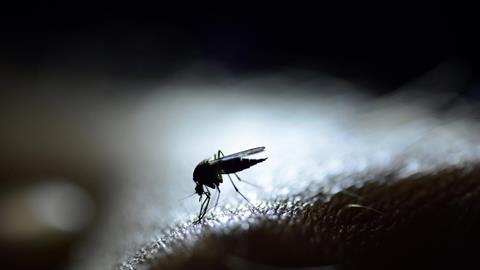







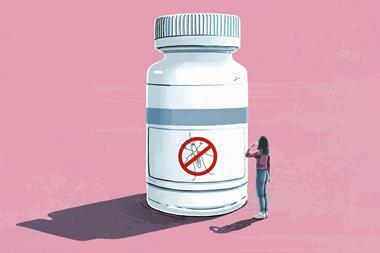
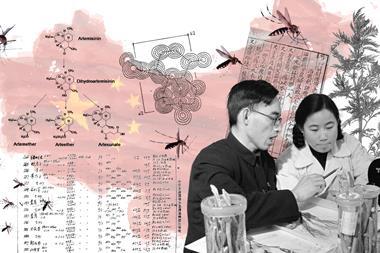
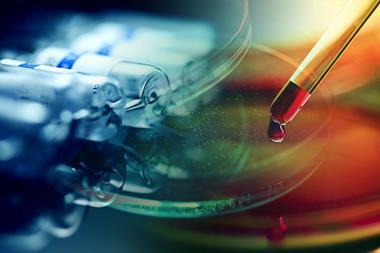
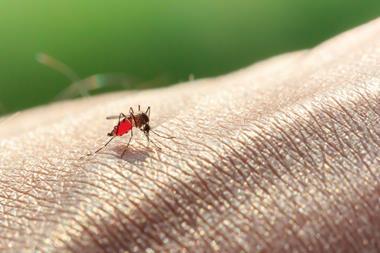

No comments yet